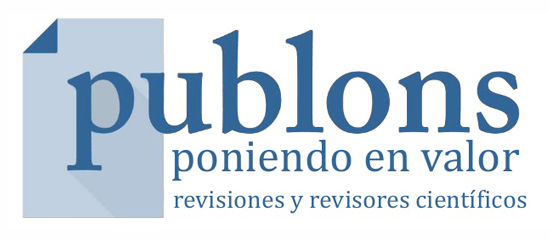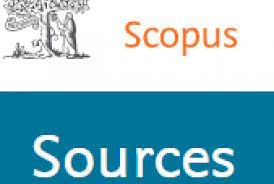Author: Ignacio Aguaded – Translation: Erika-Lucia Gonzalez-Carrion
Today, the Internet universe marks all the guidelines and stages of scientific information. From access to information, digital channels condition its processing and final dissemination.
In this sense, in the specific field of scientific dissemination, the process does not end with the publication of the work, but it is from that moment when a key phase for the life of the work begins: its dissemination and impact. Traditional libraries, and where appropriate physical bookstores, have given way to new channels, previously unthinkable, for the dissemination and knowledge of scientific research results: common social networks, scientific social networks (specifically designed for this purpose and for the exclusive use of the research community), audiovisual channels (such as YouTube, Vimeo and others), institutional repositories, selective newspaper libraries… In short, a wide range of possibilities for the work to move and be visible beyond any physical boundary.
In this specific post, we would like to highlight three key spaces for the life of any scientific researcher aspiring to international impact.
Publons (https://bit.ly/3dgb5cM) is the official portal of the Web of Science (WoS), the maximum reference in the scientific field as it contains the Journal Citation Reports (JCR), the articles of the most prestigious indexed journals in the world. It contains other databases such as A&H (Arts & Humanities), ESCI and regional databases such as Scielo.
Publons provides researchers with a visible, internationally recognized space where indexed articles are hosted. The portal also calculates the H Index of indexed publications, as well as the number of citations globally and for each specific paper, offering public and auditable information that is invaluable for evaluating a researcher’s curriculum and trajectory. In addition, Publons also incorporates an original section with the scientific reviews made by the researcher in the different indexed journals that have been registered on the platform. This is an essential space because the academic review is acquiring a remarkable value, both for the reviewer and the scientific publications, and it is necessary to make it visible and give it a higher value.

Another strategic portal for the visibility of research results is Scopus, which automatically generates a personal space for all those who have published in some of the nearly 40,000 journals hosted in this database. Their number of publications, citations, H-index, and even graphs illustrating the progression of production and impact are displayed in a histogram. Like Publons, for researchers who direct their scientific production towards journals with high international projection – fortunately more and more of them – this website, freely accessible through Scopus Preview (https://bit.ly/3h8jxfh), is a privileged space to have an auditable external curriculum vitae, an image of the progression of a researcher.

Third, Google, the world’s most important repository of information and scientific literature, also has a personal space option for Gmail users who have registered. In Google Scholar Metrics (https://bit.ly/3xUS7QJ), researchers can access a complete repository of their production (not only articles, but also books, chapters, communications and other academic literature), with information on the citations of their contributions and their co-authors. Particularly significant is the summary table with total citations, those of the last five years, with their corresponding H-index and H-5-index, as well as the i10 index (papers with more than 10 citations) and a complete histogram of the impact throughout the researcher’s academic life.

In short, these three tools generate a complete visibility of the scientific production and impact of researchers, being key tools to know their curriculum, in terms of volume and impact on the community (measured in citations), as well as the progression of their academic life cycle.
